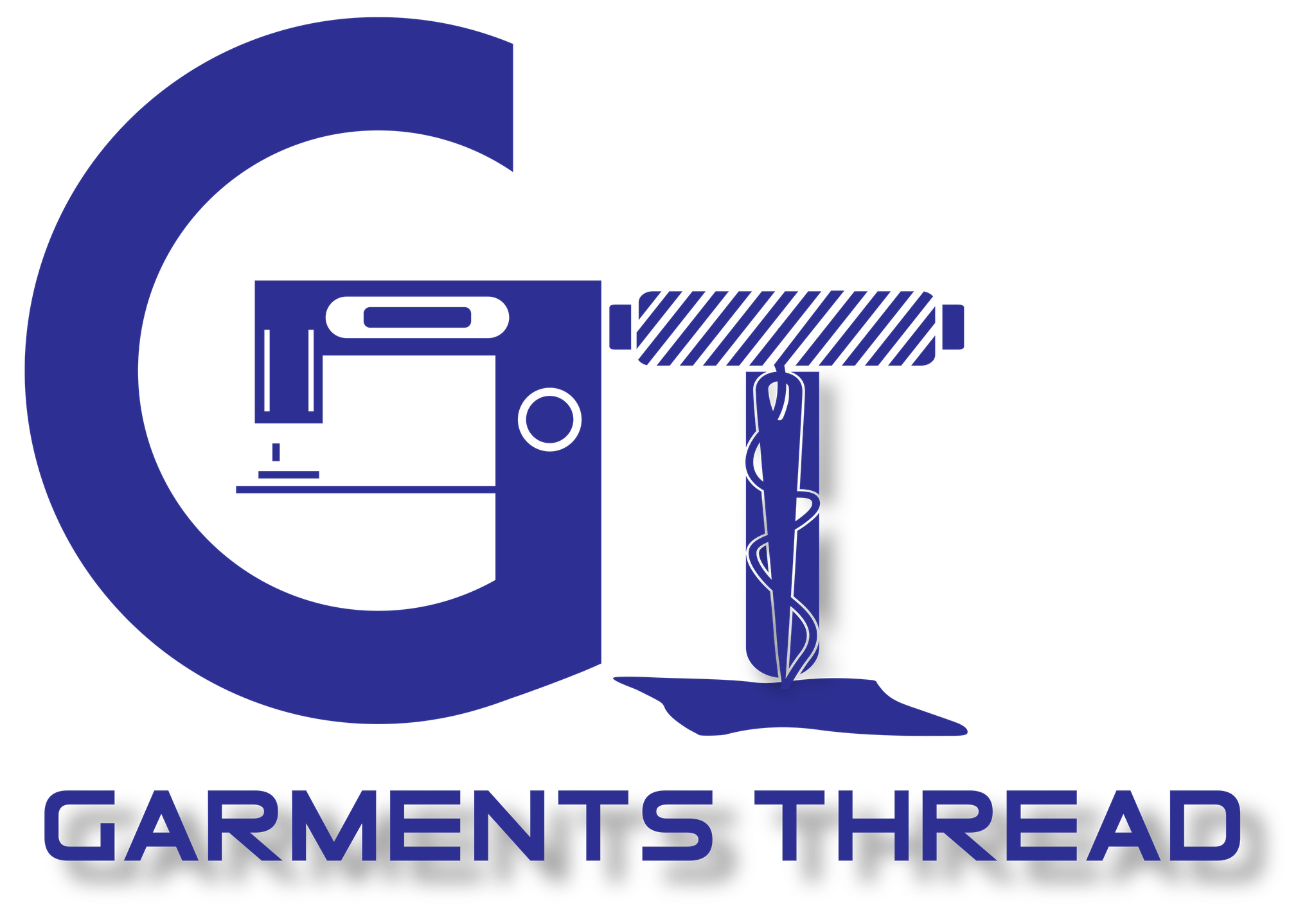Supply Chain Management
Make a bridge between Buyer and Producer by ensuring Quality and commitment
Supply Chain Management
Supply Chain Management (SCM) is critical for our garments thread company, ensuring that raw
materials, production processes, and finished goods are efficiently managed.
Here are key aspects of SCM for our business:
Raw Material Sourcing:
We ensure a consistent and quality supply of raw materials, such as fibers or synthetic materials for our
threads. By developing relationships with reliable suppliers and diversifying our sourcing, we protect
against price fluctuations and supply disruptions.
Inventory Management:
We maintain an optimized balance between overstocking and understocking thread supplies. Our
inventory management software tracks stock levels, lead times, and reorder points to ensure we are
always prepared to meet demand.
Production Planning:
Our production department coordinates closely with demand forecasting. We plan production schedules
to avoid bottlenecks, maximize efficiency, and ensure timely fulfillment of orders.
Quality Control:
Strict quality checks are implemented at every stage of our supply chain—from raw materials to final
packaging. This commitment maintains our product standards and reduces returns or complaints.
Logistics and Distribution:
Efficient transportation is key to our timely deliveries. We partner with reliable logistics providers for
both local and international shipments, closely monitoring transit times to minimize delays.
Technology Integration:
We utilize software solutions for end-to-end visibility of our supply chain. This includes ERP systems for
resource planning, CRM tools to manage customer relationships, and automation tools for warehouse
management.
Supplier Relationships:
Maintaining strong relationships with our key suppliers is crucial. We create agreements that ensure
priority during peak demand and negotiate contracts to secure the best pricing.
Sustainability:
As a company that values sustainability, we integrate eco-friendly practices in sourcing and production.
This includes using recycled materials and optimizing our energy and resource usage.
Risk Management:
We build contingency plans for potential supply chain disruptions, such as geopolitical issues, economic
changes, or natural disasters. A diversified supply chain and strong supplier relationships help us
mitigate these risks.
By streamlining these elements, we improve efficiency, reduce costs, and maintain a steady flow of
products to meet our customers' demands.


